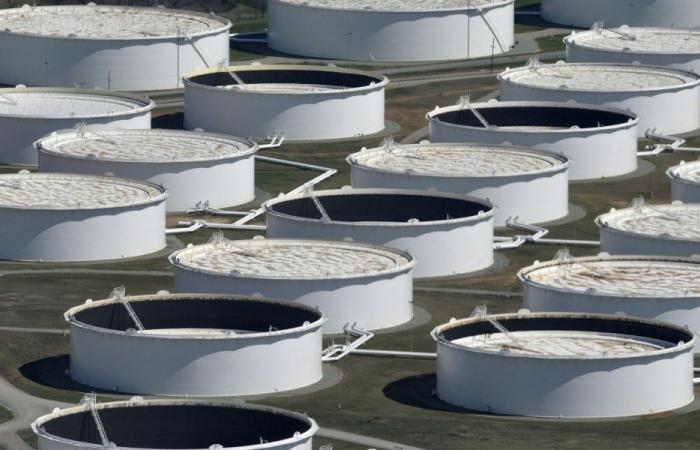The growth of some economies – such as the USA and India – and problems with the Red Sea routes are taking oil prices to levels that were not expected.
In 2024, forecasts for oil demand underwent an unexpected change: in a year in which it seemed that consumption would be much weaker than normal due to the slowdown in economic growth, now everything points to demand exceeding supply, generating a shortages and consequent non-increasing pressure on prices. The strength of the economy of the United States and others (such as India, for example) is ‘pulling’ prices. But not only that: the problems felt on the Red Sea routes – attacked by Yemen’s Houthis, are also pushing in the same direction.
The question at this point is to know when the peak in fossil fuel consumption will be reached – that is, when demand will stop growing, stagnate, or contract. The historic records reached in 2023 were not expected: according to the International Energy Agency (IEA), demand was around 101.1 million barrels per day, and for the first three months of 2024 the agency predicts that it will grow again plus 1.7 million barrels per day – after growing by another 1.4 million in the first quarter. Barrel prices have already risen almost 12% in 2024.
According to Vitol calculations, one of the largest traders energy sector in the world, the configuration of new alternative routes to the Red Sea increased global oil demand by 100 thousand barrels per day, with ships being forced to transit the Cape of Good Hope
Last week, in Houston, Texas, one of the most important events in the energy market was held, S&P Global’s CERAWeek conference, a meeting that was marked by repeated allusions from the big players of the sector due to global demand. “We must abandon this fantasy of forgetting about oil and gas and invest in these resources appropriately, reflecting realistic demand forecasts,” said Amin Nasser, CEO of Aramco, quoted by several newspapers.
Russell Hardy, CEO of Vitol, confirmed that the company has expected ceiling demand in view until the beginning of 2030, due to lower expectations for the adoption of electric vehicles.
However, a study by the consultancy firm BCG predicts four possible scenarios for the matter. The crisis in the Red Sea has generated global impacts on the maritime freight transport sector and, consequently, on global trade. According to the study “Scenarios for Container Shipping in the Red Sea Crisis”, carried out by the Boston Consulting Group (BCG). there are four possible scenarios for its outcome – immediate resolution, continuation in 2024, end at the beginning of 2025 or extension during the next year and consequent regional crisis.
Shipping in the Red Sea is responsible for 12% of world trade and 40% of trade between Asia and Europe. With the intensification of Houthi attacks, since October 2023, carriers have already diverted 80 to 90% of their ships from the Far East-Europe route south, through the Cape of Good Hope, increasing navigation time to the Northern Europe and with more significant increases for the Eastern Mediterranean, compared to the pre-crisis period.
“The crisis in the Red Sea has had a substantial impact on world trade, increasing delivery times for goods, as well as transport costs, negatively affecting the most exposed companies and economies”, says Carlos Elavai, Managing Director and Partner at BCG in Lisbon, cited in a statement.






